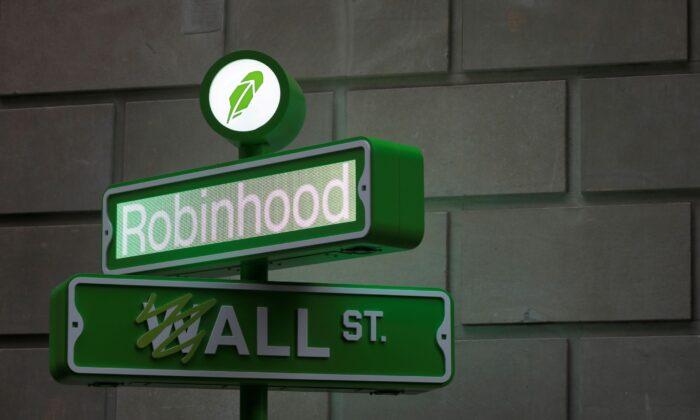Robinhood Markets Inc.’s shares fell below their initial public offering price in after-hours trading on Tuesday after the retail broker reported softer revenue than expected for the third quarter as trading levels declined for cryptocurrencies like dogecoin.
Shares of Robinhood were down 8.77 percent at $36.10 following the release of the results, below the $38 they were priced at in the Menlo Park, California-based company’s July IPO, and well below the $85 they hit in August.
Robinhood, which owns the app that was at the center of January’s trading mania for so-called meme stocks, said in August it expected retail investors to take a breather in the third quarter.
“Looking back at Q2, we saw a huge interest in crypto, especially doge, leading to large numbers of new customers joining the platform and record revenues,” Robinhood Chief Executive Officer Vlad Tenev said on a call with analysts.
“In Q3, crypto activity came off record highs, leading to fewer new funded accounts and lower revenue.”
Last quarter, trading in dogecoin—a token started as a joke—made up 62 percent of Robinhood’s cryptocurrency transaction volume.
Crypto revenue rose 860 percent from a year earlier to $51 million, but was 78 percent off its second quarter level, Robinhood said.
Equities trading revenue fell 27 percent from a year ago to $50 million.
Total revenue rose 35 percent from a year earlier to $365 million.
Analysts had expected revenue of $431.38 million, according to IBES data.
Robinhood said it had 22.4 million funded accounts, down slightly from last quarter, but up 96.5 percent from a year earlier.
The retail trading slowdown has carried over into the current quarter, Robinhood said.





